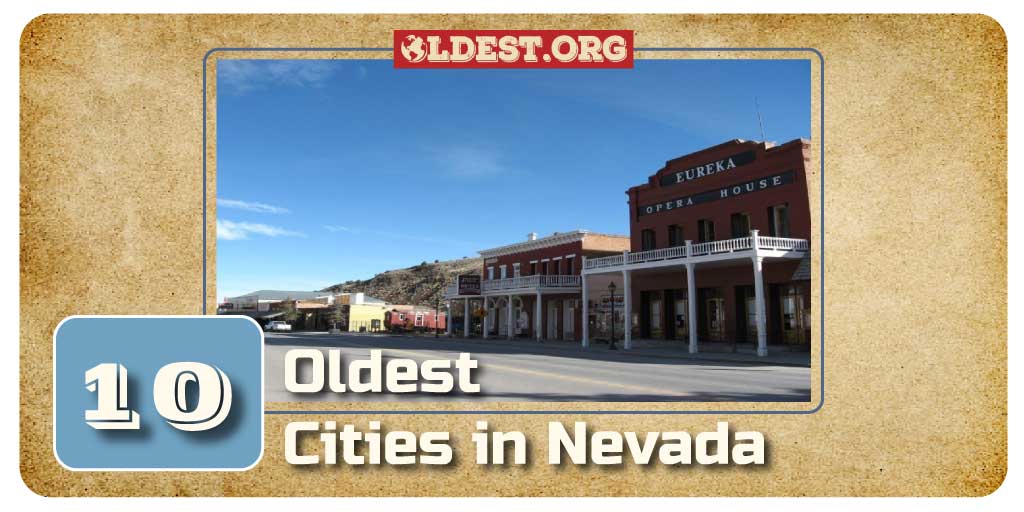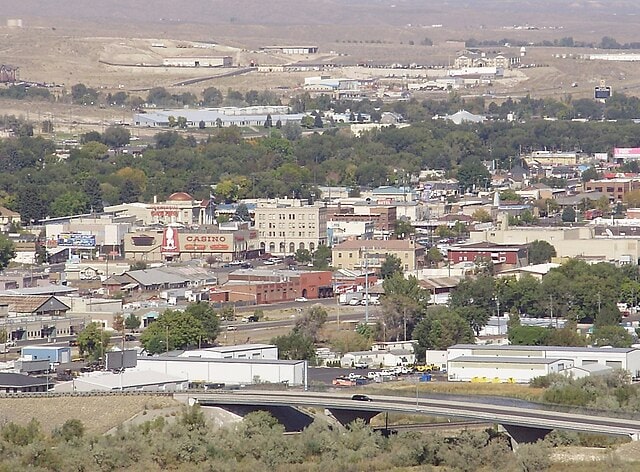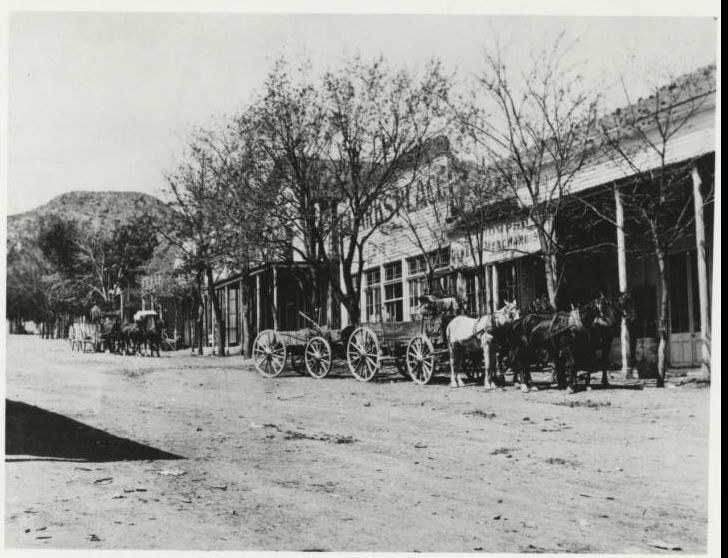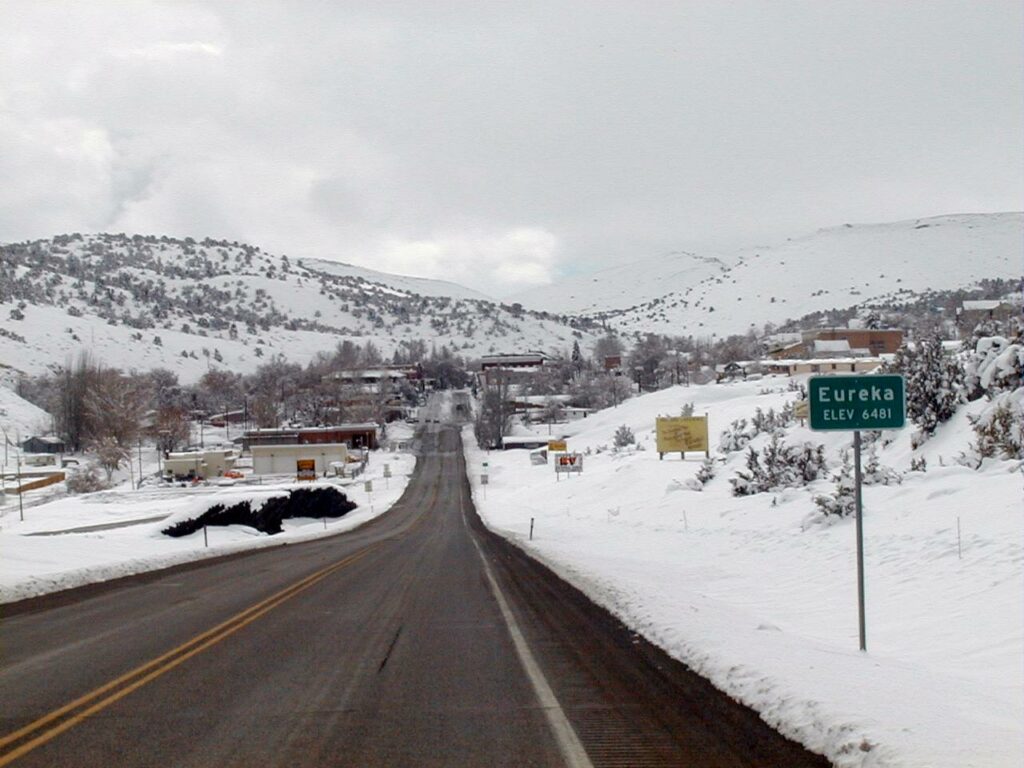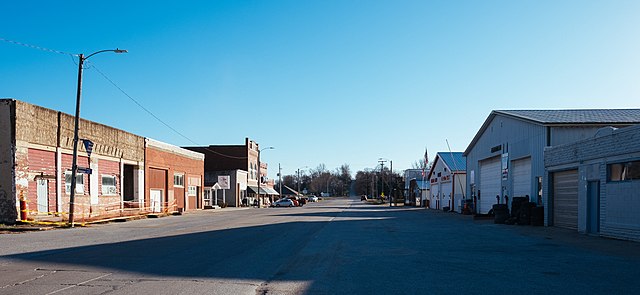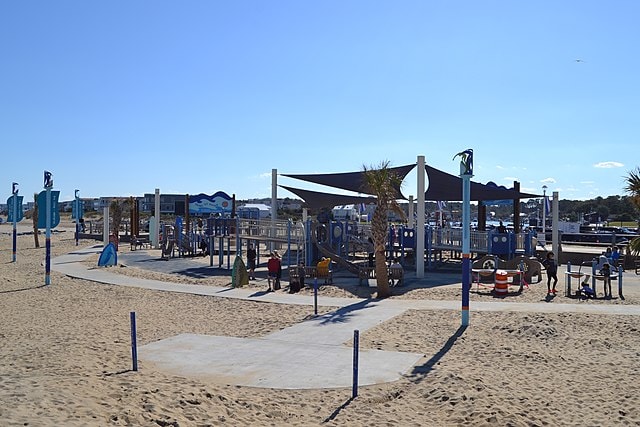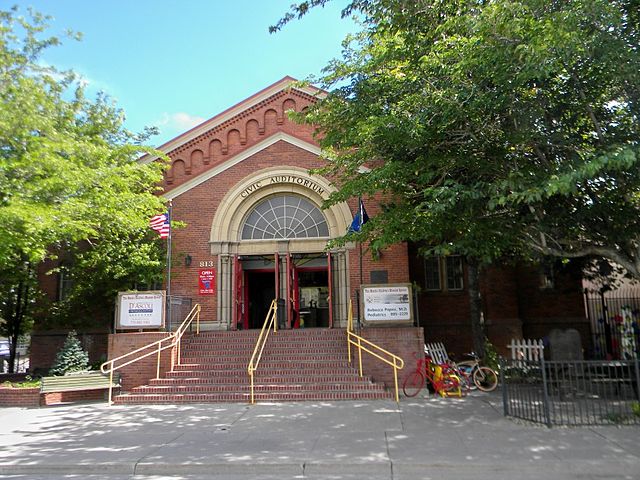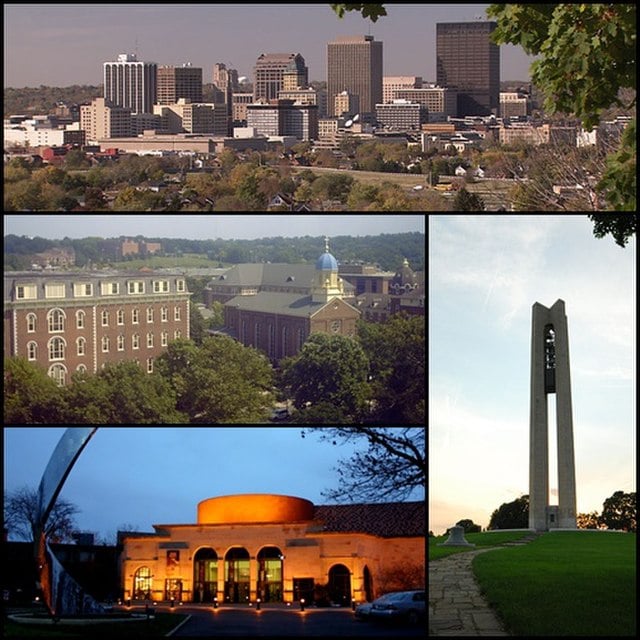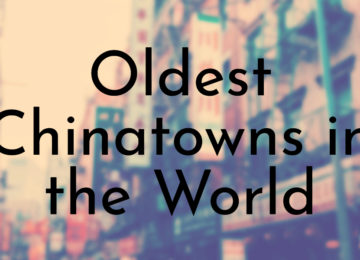Nevada is nestled within the vast expanse of the American West. It boasts a rich history that stretches back centuries. The state’s oldest towns stand as timeless reminders of its storied past, with each settlement having a unique story.
The historic towns have weathered the test of time and continue to thrive in various capacities, from the early mining days to the development of railway routes. Join us on a captivating journey through history as we unveil the 10 oldest towns in Nevada. Let’s talk about each town is steeped in its charm and significance.
10. Elko
Year of Establishment: 1869
Originally serving as a railroad town, Elko, located in Elko County, evolved into a vital center for the ranching and mining industries. The town’s heritage is reflected in its cowboy culture and annual cowboy poetry gatherings, making it a unique destination in Nevada.
Did You Know?
The Western Folklife Center in Elko hosts the National Cowboy Poetry Gathering, a celebration of Western culture and storytelling.
9. Pioche
Year of Establishment: 1869
Pioche, situated in Lincoln County, gained prominence as a flourishing mining town, extracting valuable minerals like silver and lead. Its vibrant past is evident in the charmingly preserved buildings that adorn its streets.
Did You Know?
Pioche’s Boot Hill Cemetery, the resting place for numerous miners who met violent ends, is a reminder of the town’s turbulent past.
8. Eureka
Year of Establishment: 1864
Initially known as “Ruby Hill,” Eureka, located in Eureka County, gained prominence during the discovery of rich silver deposits. The town flourished as a prosperous mining center in the late 19th century, with over 4,000 residents at its peak.
Did You Know?
Eureka’s Eureka Sentinel Museum, once the offices of the Eureka Sentinel newspaper, showcases the town’s vibrant past through exhibits and artifacts.
7. Austin
Year of Establishment: 1862
Nestled in Lander County, Austin owes its existence to the silver rush that swept through Nevada during the mid-19th century. The town was named after a mining company promoter, and its boom-and-bust cycle is visible in the well-preserved structures that dot the landscape.
Did You Know?
The Stokes Castle, built in 1897 as a summer home for a prominent mine owner, remains one of Austin’s most distinctive landmarks.
6. Gold Hill
Year of Establishment: 1859
Adjacent to Virginia City, Gold Hill emerged as a bustling mining town, earning its name from the valuable gold ore found in the area. Although smaller in size than its neighboring towns, Gold Hill played a crucial role in supporting nearby mining operations.
Did You Know?
Gold Hill was once home to Mark Twain, who began his writing career as a reporter for the Territorial Enterprise in Virginia City and occasionally contributed to Gold Hill’s news articles.
5. Silver City
Year of Establishment: 1859
Nestled close to Virginia City, Silver City owes its name to the golden ore discovered in the region. Like many towns during the mining boom, Silver City thrived briefly before facing economic decline. Despite its reduced size, the town remains a popular destination for history enthusiasts seeking a glimpse into Nevada’s mining past.
Did You Know?
In 1914, the Gold Hill Depot was relocated to the Comstock Gold Mill as a storage shed, becoming the world’s first structure to be moved by the Virginia & Truckee Railroad.
4. Virginia City
Year of Establishment: 1859
Renowned for its rich mining history, Virginia City emerged as one of the most famous towns in Nevada during the Comstock Lode silver rush. Located in Storey County, Virginia City’s architectural treasures and lively atmosphere offer visitors an immersive experience in the Old West. The town’s prosperity during the 1860s earned it the nickname “Queen of the Comstock.”
Did You Know?
Virginia City was once home to Samuel Clemens, better known by his pen name Mark Twain, who worked as a reporter for the Virginia City Territorial Enterprise. It was during his time in the town that he adopted the iconic pen name.
3. Carson City
Year of Establishment: 1858
Carson City, the capital of Nevada, was founded as a stopover for California-bound emigrants during the Gold Rush. The city’s historical district in Carson County retains a rich tapestry of architectural heritage, reflecting its status as a vital crossroads for early settlers and travelers.
Did You Know?
Carson City’s Nevada State Capitol Building, constructed in 1870, houses the State Legislature and symbolizes the state’s governance.
2. Genoa
Year of Establishment: 1851
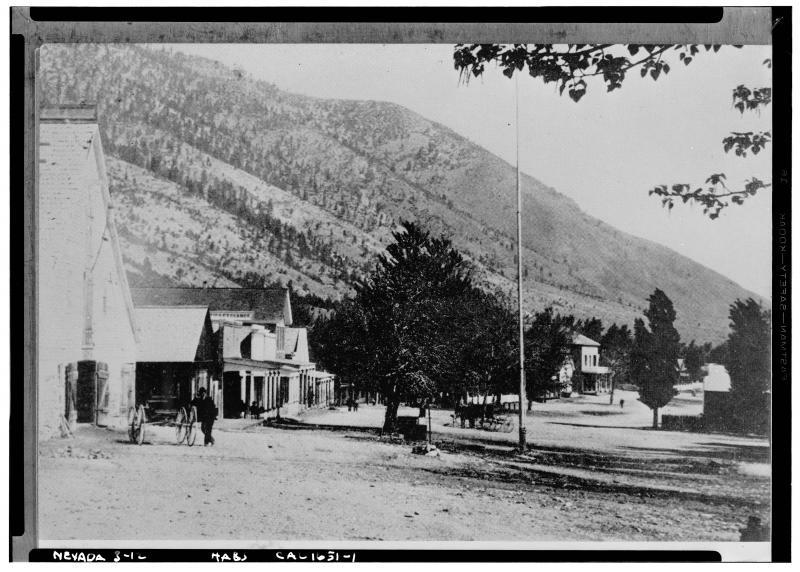
Located in Douglas County, Genoa is Nevada’s oldest town still in use today. Originally founded as a trading post, Genoa became a thriving hub for settlers and pioneers during the California Gold Rush. Its prime location along the Carson River contributed to its growth as a center for trade and commerce. Today, Genoa retains much of its historic charm with well-preserved 19th-century buildings, making it a beloved destination for history enthusiasts.
Did You Know?
Genoa was the first settlement in what is now Nevada and served as the eastern terminus of the first mail service to California. The Genoa Bar, established in 1853, is the state’s oldest “thirst parlor,” a testament to its enduring popularity.
1. Dayton
Year of Establishment: 1851
Dayton is situated in Lyon County. It is one of the oldest towns in Nevada, and you can trace its roots back to the early mining days. This town was originally called “Chinatown” due to the influx of Chinese immigrants.
Dayton grew rapidly as a prominent stop along the Pony Express and Central Overland Route. Its strategic location made it a significant supply center for nearby mining communities.
Did You Know?
Dayton’s historic downtown features a well-preserved collection of 19th-century buildings, including the Odeon Hall, a popular venue for dances and entertainment during the 1860s.
Conclusion
Talking about the oldest places anywhere brings us a lot of joy. The oldest towns in Nevada form a living tapestry of history. These historic towns continue to preserve their rich heritage for future generations. This is how we keep learning about the fascinating stories of the past of the Silver State.
Visitors and history enthusiasts alike will find themselves enchanted by the stories etched into the walls of these enduring settlements, fostering an appreciation for the legacy of Nevada’s oldest towns.


